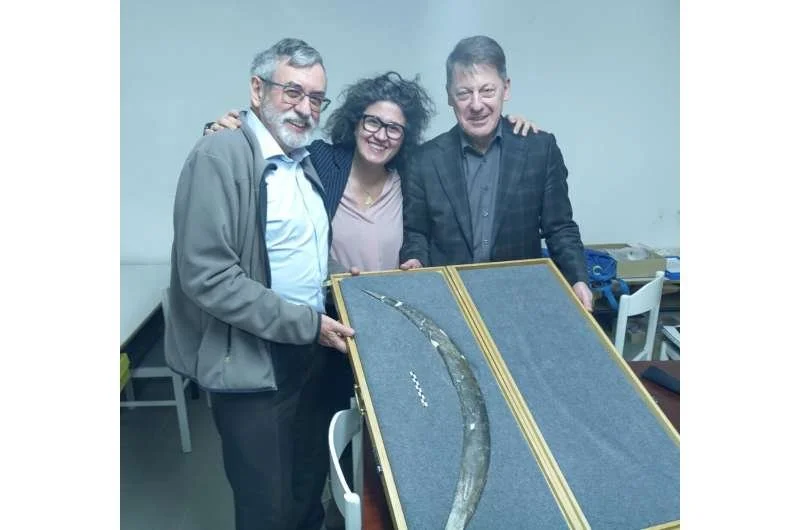In this video, the presenter explores the mystery of how the Pyramids of Giza were constructed given their massive size and limited ancient technology.
The traditional belief is that skilled labor, engineering, and architectural knowledge were used. However, a recent discovery suggests an ancient branch of the Nile, now dried, might have served as a waterway for transporting the heavy construction materials.
This theory is supported by radar satellite data, indicating a major water course that passed through multiple pyramid sites. The presenter discusses Dr. Iman Gim's research, which suggests the pyramids were located at the bank of this ancient river and might have used water transport for construction.
The video also touches on the challenges of studying ancient settlements along these waterways, emphasizing the potential use of radar and satellite technology in archaeological investigations to uncover lost towns and cities.
The existence of settlements near the Giza Pyramids in 2019 and their dating to the Old Kingdom period provides insights into the sophisticated organization and infrastructure needed for monumental construction projects. The video concludes by encouraging viewers to share their thoughts on whether this waterway theory could explain the construction of the pyramids.







